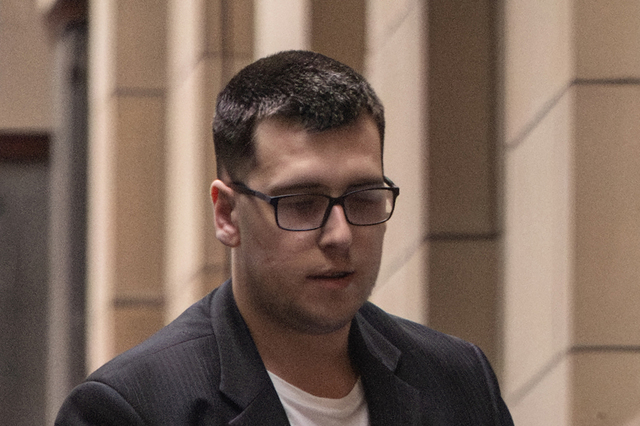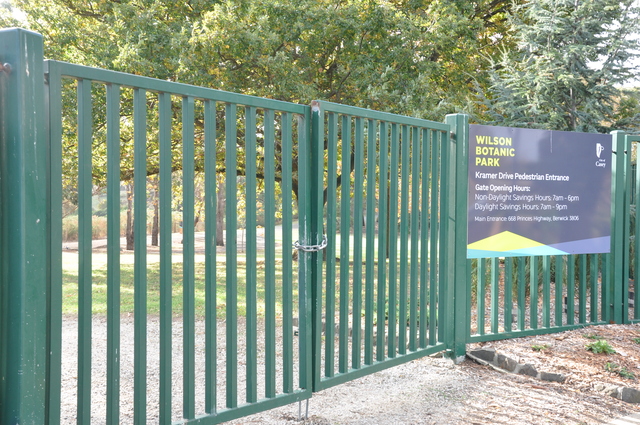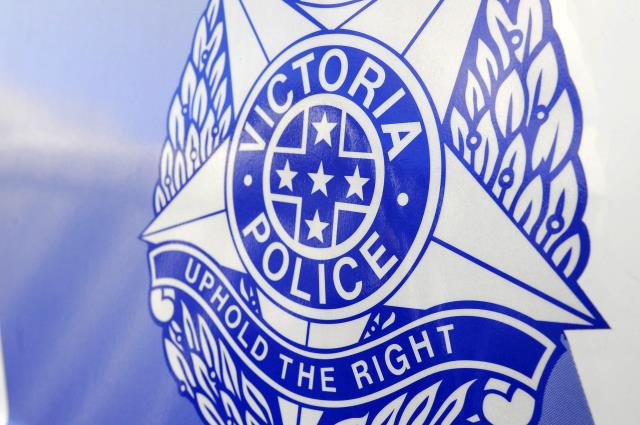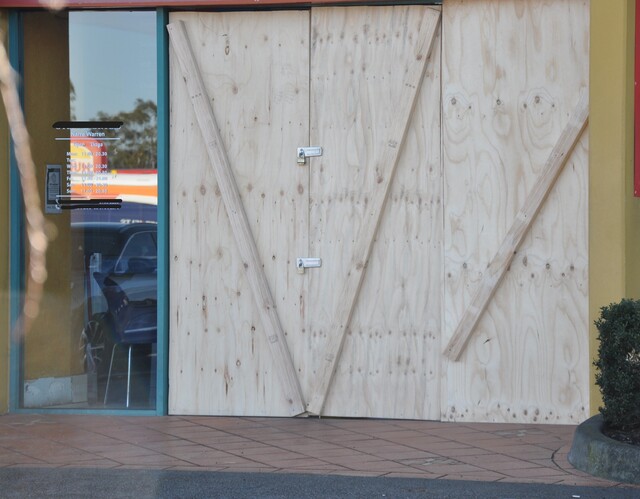With Easter just around the corner, Casey motorists are set to face high petrol prices as they head off on road trips for the long weekend.
The average unleaded price in Melbourne over the past week was up 14.8 cents to $153.8c a litre, according to CommSec senior economist Ryan Felsman.
“Unleaded petrol prices are set to remain around $1.50 a litre in the near term,” he said.
Mr Felsman said a jump in international crude oil, continued Organisation of the Petroleum Exporting Countries – Russian production cuts and supply disruptions in Venezuela, Libya and Sudan, had pushed up prices by 40 per cent this year.
“The school holidays are underway with the Easter-Anzac Day block of public holidays encouraging most Aussies to take some extended time off,” he said. “Those who have hit the road would’ve noticed that petrol prices have lifted.”
Feeling the pinch at the bowser has been Berwick furniture removal truck driver Mark Johnson who uses about 600 to 700 litres of premium diesel fuel a week.
“Of my turnover fuel would be around about 24 to 27 per cent,” he said.
Mr Johnson said he would pay as much as $640 to fill his 400-litre tank. “Because I’m using it predominately for highway and removal work I can claim for the diesel excise but it would probably be 16 cents a litre, not much.
“On road costs, daily road costs, fuel and maintenance is ridiculous,” he said.
According to Petrolspy.com on Monday 15 April BP Cranbourne South on Frankston-Cranbourne Road and 7-Eleven in Cranbourne East on Ballarto Road had unleaded fuel priced at $152.9c a litre, while Woolworths Caltex Berwick on Clyde Road was $153.3c a litre, and Coles Express Narre Warren on Princes Highway, a $156.9c a litre.
RACV manager of vehicle engineering Michael Case advised motorists to top up rather than fill up where possible.
“The price cycle is a function of competition, driven by competing fuel stations attempting to undercut each other in order to sell more petrol,” he said.
“When this discounting reaches an unsustainable level where profit margins are very low or even running at a loss, the fuel price gets driven back up again by some of the retailers.”







